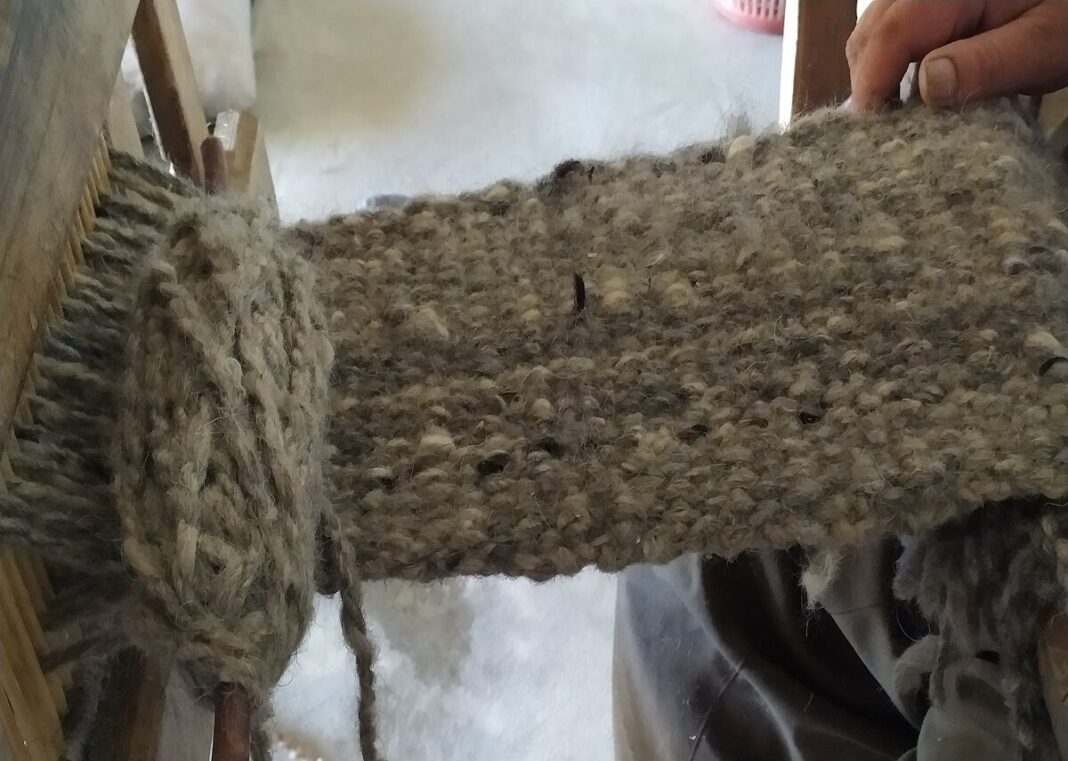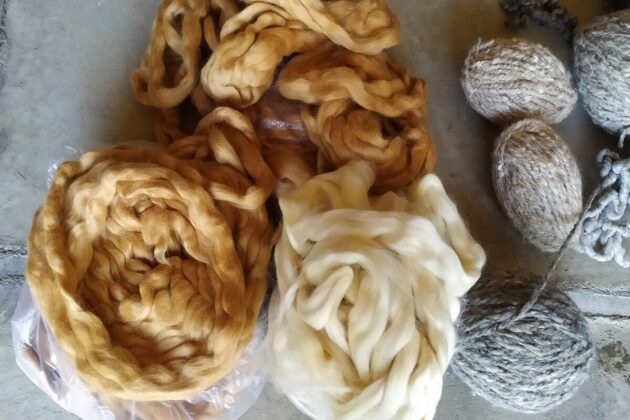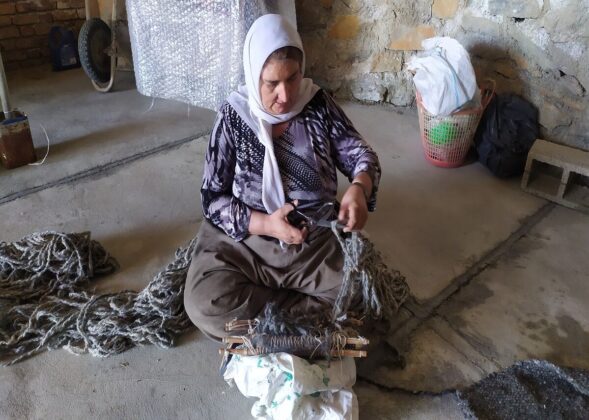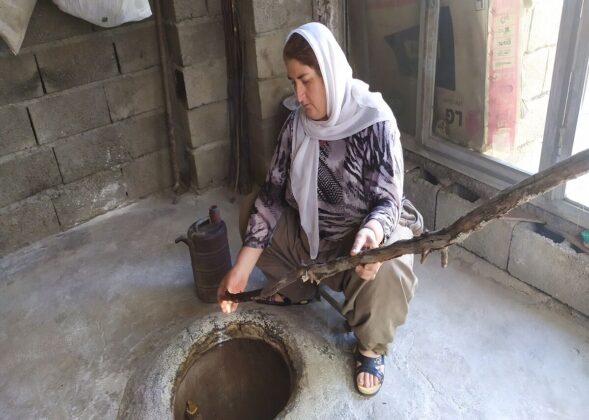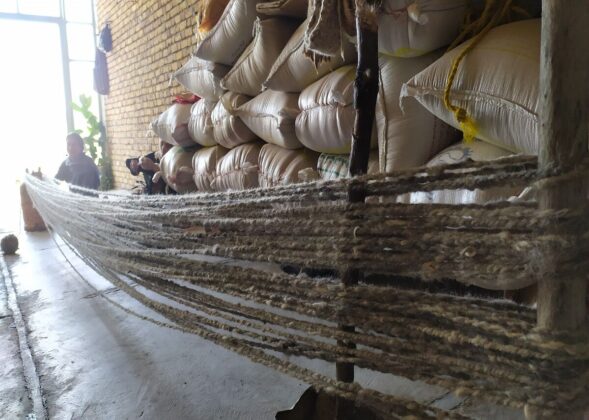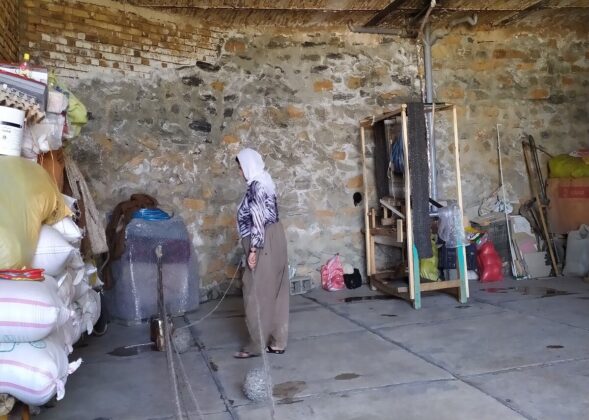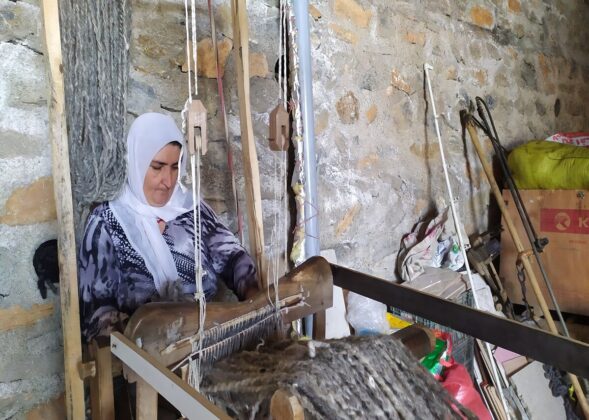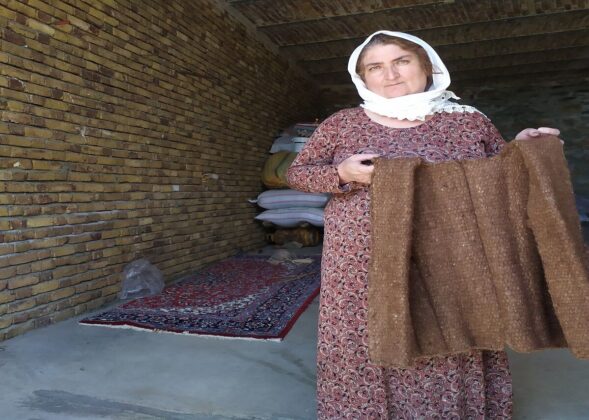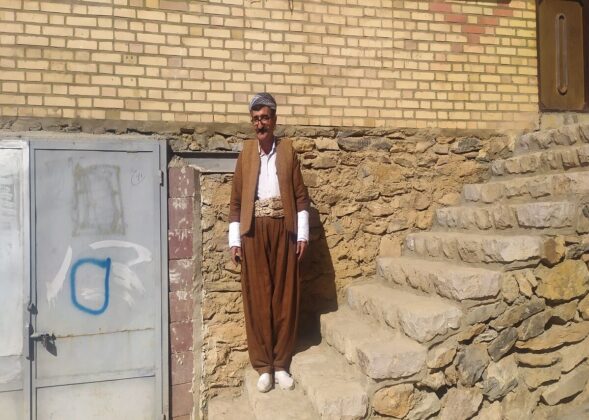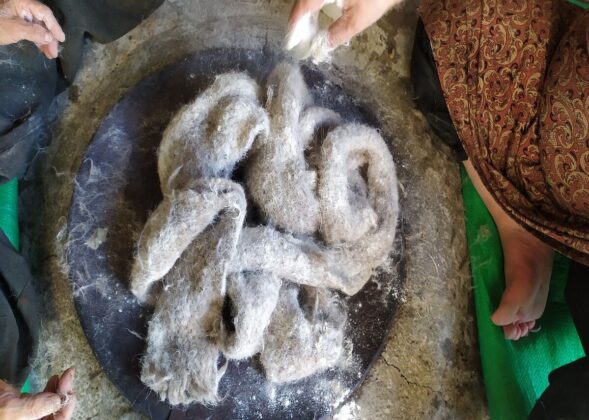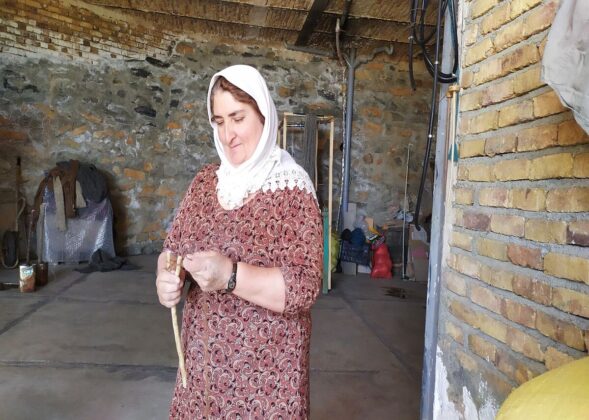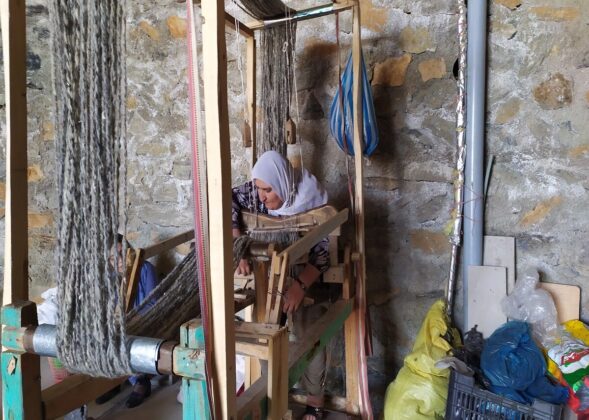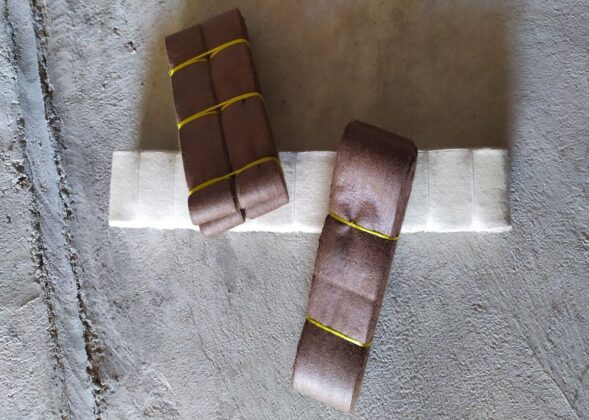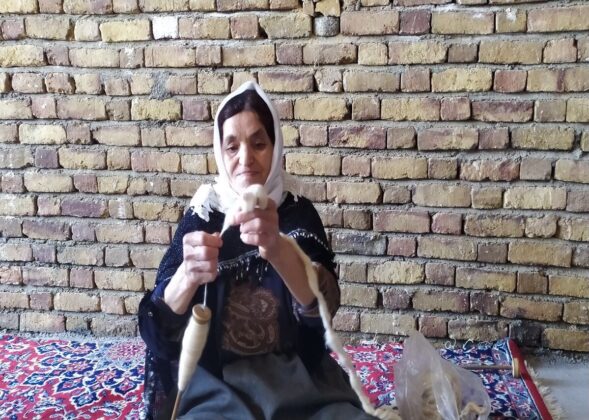This old industry now exists only in the two villages of the city as a lasting and authentic art.
Pastak and shawls are among the very old men’s clothing that have been worn in the Kurdish regions in the past due to the climatic conditions and authentic culture. They were woven by the old and rural men and women. Because of the special beauty, this garment still has a lot of fans.
Amenah Salehi is one of the women who works in shawl and Pastak weaving industry. This art has provided direct employment for a number of men and women in the village. In addition, her daughters are also assisting her in her small workshop.
“I learned it from my mother when I was very young,” this entrepreneur told IRNA.
“Then, I learned how to weave Pastak, which was a tough job, but after a while I grew an interest in it. Pastak is woven in a number of steps and part of the job is carried out by men. I do the main knitting process with a special tool, and other women do the sewing. Each Pastak sells for about $30 to $35.”
Head of the Cultural Heritage, Tourism and Handicrafts Department of Baneh says Kani Guyz village near Baneh is the birthplace of this art. The people of this village have been involved in the handicraft industry for a long time.
Weaving Pastak has many steps and the artists weave it in several steps. Each person specialises in a different field.
Pastak is one of the most ancient clothing and symbols of Kurdish people that has been in demand very much for the last two years and is exported to some neighbouring countries.
No artifacts have been found to date, but evidence suggests that Pastak-weaving has a long historical background in terms of texture, old workshops, and geographical location.
